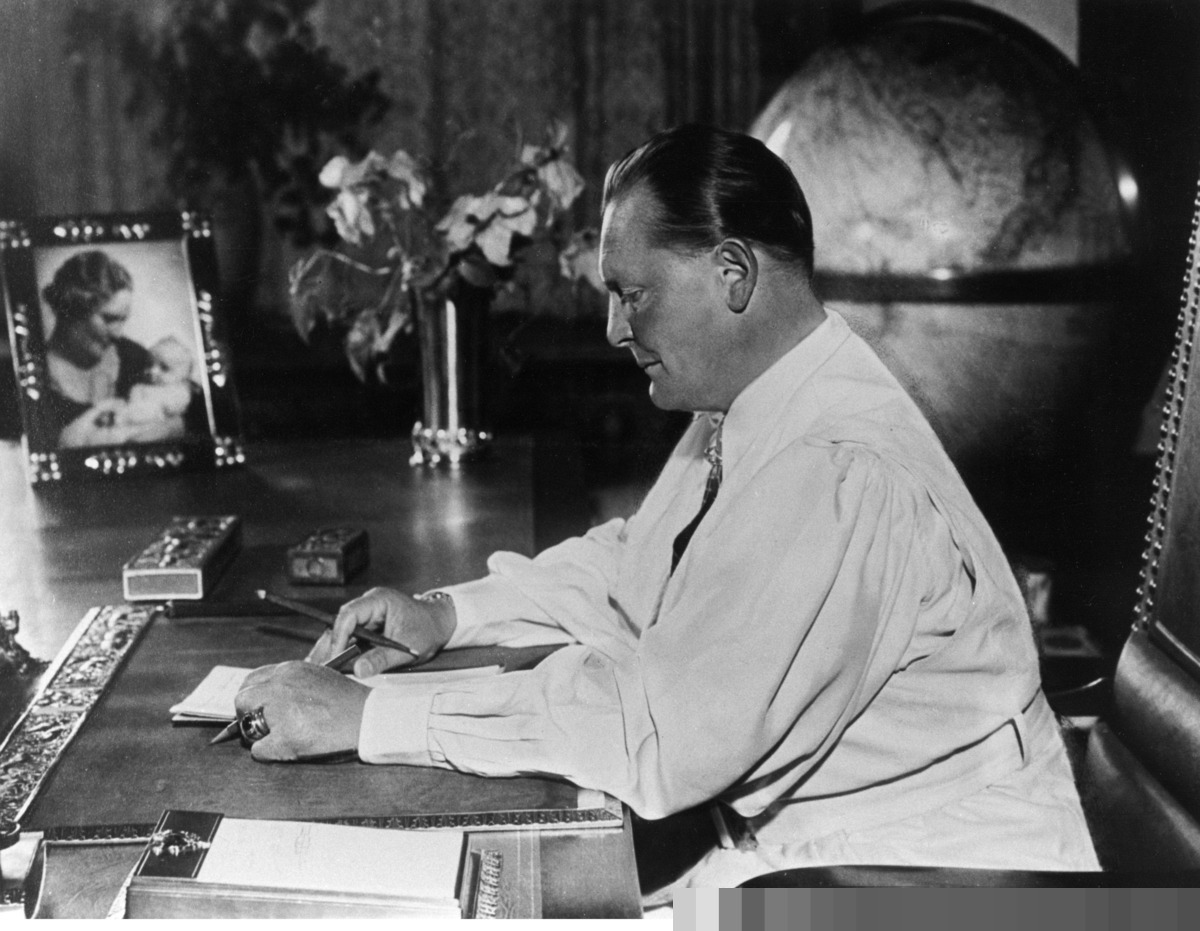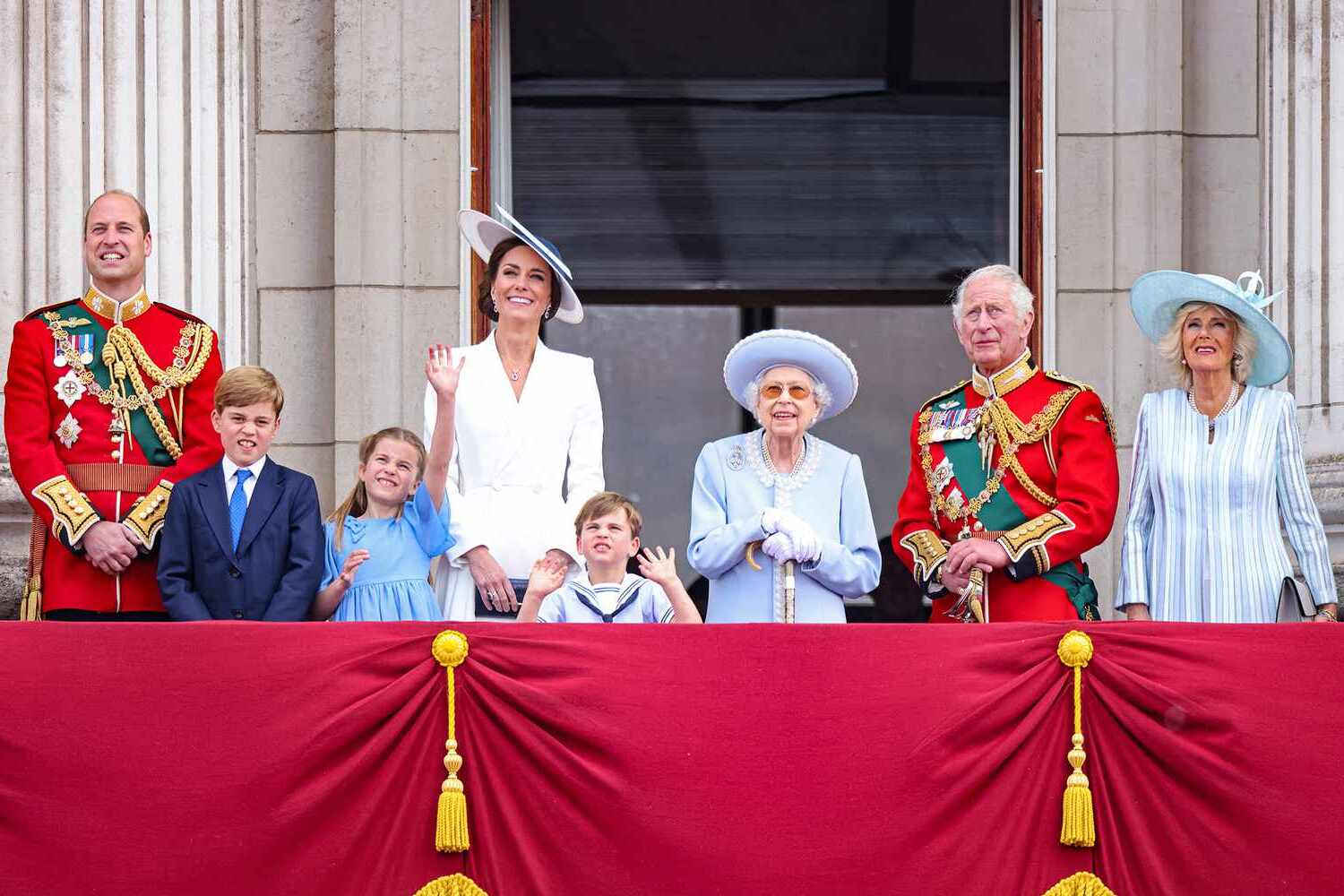
Who was Hermann Goring? Hermann Goring was a prominent Nazi leader, infamous for his role in World War II and the Holocaust. Why is he significant? He was a key figure in Hitler's regime, serving as the founder of the Gestapo and head of the Luftwaffe. What are some lesser-known facts about him? Beyond his notorious political career, Goring was also an avid art collector, amassing a vast collection of stolen artworks. Did you know he was a decorated World War I fighter pilot? Why should you care? Understanding Goring's life provides insight into the inner workings of the Nazi regime and the complexities of history. Ready to learn more? Dive into these 38 intriguing facts about Hermann Goring.
Key Takeaways:
- Hermann Göring was a key figure in Nazi Germany, rising through the ranks and playing a significant role in the country's policies and actions. His legacy serves as a reminder of the dangers of totalitarianism and unchecked power.
- Beyond his political career, Göring led a lavish lifestyle, with a passion for hunting and exotic animals. Despite his flamboyant fashion sense, his loyalty to Hitler remained unwavering until the end.
Early Life and Background
Hermann Göring was a prominent figure in Nazi Germany, known for his role in the military and political spheres. His early life shaped much of his later actions.
- Born on January 12, 1893, in Rosenheim, Bavaria, Göring was the son of a former cavalry officer and colonial governor.
- He spent part of his childhood in a castle owned by his godfather, Ritter Hermann von Epenstein.
- Göring attended a military academy in Berlin, where he developed a passion for aviation.
Military Career
Göring's military career began during World War I, where he made a name for himself as a fighter pilot.
- He joined the Prussian army in 1912, initially serving in the infantry.
- In 1915, Göring transferred to the air force, becoming a fighter pilot.
- He was awarded the Pour le Mérite, Germany's highest military honor, for his aerial combat achievements.
- By the end of World War I, Göring had 22 confirmed aerial victories.
Rise in Nazi Party
Göring's involvement with the Nazi Party began in the early 1920s, leading to his rapid rise within the organization.
- He joined the Nazi Party in 1922, attracted by Adolf Hitler's ideology.
- Göring participated in the failed Beer Hall Putsch in 1923, where he was wounded.
- After the putsch, he fled to Austria and then Sweden to recover from his injuries.
- Returning to Germany in 1927, Göring rejoined the Nazi Party and quickly climbed the ranks.
Role in Nazi Germany
Göring held several key positions in Nazi Germany, making significant impacts on the country's policies and actions.
- He was appointed Minister of the Interior for Prussia in 1933, gaining control over the police.
- Göring established the Gestapo, the secret police force, in 1933.
- He played a crucial role in the Night of the Long Knives in 1934, consolidating Hitler's power.
- Göring was named Commander-in-Chief of the Luftwaffe (German Air Force) in 1935.
- He was instrumental in the rearmament of Germany, violating the Treaty of Versailles.
- Göring was appointed as Hitler's deputy in 1939, making him second in command.
Personal Life
Göring's personal life was marked by extravagance and controversy, reflecting his complex character.
- He married Carin von Kantzow in 1923, who passed away in 1931.
- In 1935, Göring married actress Emmy Sonnemann, with whom he had a daughter named Edda.
- He was known for his lavish lifestyle, collecting art and wearing elaborate uniforms.
- Göring struggled with morphine addiction, stemming from his injuries during the Beer Hall Putsch.
World War II Involvement
Göring's actions during World War II had significant consequences for both Germany and the world.
- He was responsible for the Luftwaffe's operations during the Battle of Britain in 1940.
- Göring oversaw the implementation of the Four Year Plan, aimed at making Germany self-sufficient.
- He played a role in the planning of the invasion of the Soviet Union in 1941.
- Göring was involved in the Holocaust, signing orders for the deportation and extermination of Jews.
Downfall and Trial
The end of World War II marked the downfall of Göring, leading to his capture and trial.
- He was captured by American forces in May 1945.
- Göring was one of the main defendants at the Nuremberg Trials, facing charges of war crimes and crimes against humanity.
- He was found guilty on all counts and sentenced to death by hanging.
- Göring committed suicide by ingesting cyanide on October 15, 1946, the night before his scheduled execution.
Legacy and Impact
Göring's legacy is a complex and controversial one, reflecting his significant impact on history.
- His actions contributed to the devastation of World War II and the Holocaust.
- Göring's leadership of the Luftwaffe influenced modern air force tactics and strategies.
- His role in the Nazi regime serves as a reminder of the dangers of totalitarianism and unchecked power.
- Göring's art collection, much of it looted, has been the subject of numerous restitution efforts.
- His name remains synonymous with the atrocities committed by the Nazi regime.
Interesting Tidbits
Beyond his political and military career, Göring's life was filled with intriguing and lesser-known facts.
- He was an avid hunter, establishing a large hunting estate in East Prussia.
- Göring had a passion for exotic animals, keeping a private zoo at his Carinhall estate.
- He was known for his flamboyant fashion sense, often wearing custom-made uniforms and jewelry.
- Despite his crimes, Göring maintained a sense of loyalty to Hitler until the very end.
Final Glimpse at Hermann Goring
Hermann Goring remains a complex figure in history. His role as a leading member of the Nazi Party and his involvement in World War II left an indelible mark. Goring's influence extended from the formation of the Gestapo to the orchestration of the Luftwaffe. Despite his military prowess, his addiction to morphine and lavish lifestyle revealed personal struggles. Captured by Allied forces, he faced trial at Nuremberg, where he was sentenced to death but took his own life before execution. Goring's life serves as a stark reminder of the destructive power of unchecked ambition and ideology. Understanding these facts helps us grasp the broader historical context and the profound impact individuals can have on world events.
Frequently Asked Questions
Was this page helpful?
Our commitment to delivering trustworthy and engaging content is at the heart of what we do. Each fact on our site is contributed by real users like you, bringing a wealth of diverse insights and information. To ensure the highest standards of accuracy and reliability, our dedicated editors meticulously review each submission. This process guarantees that the facts we share are not only fascinating but also credible. Trust in our commitment to quality and authenticity as you explore and learn with us.


